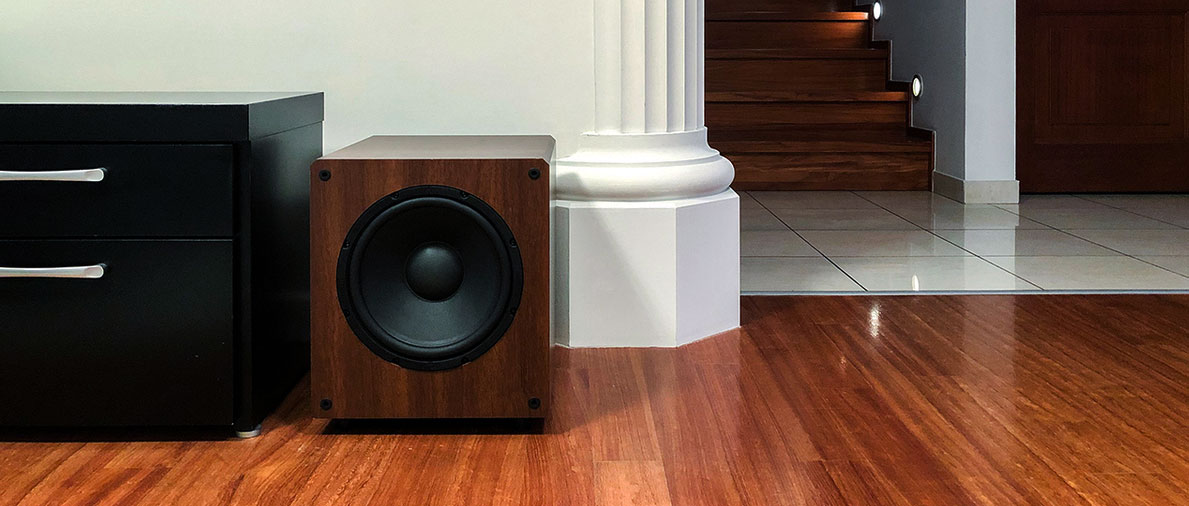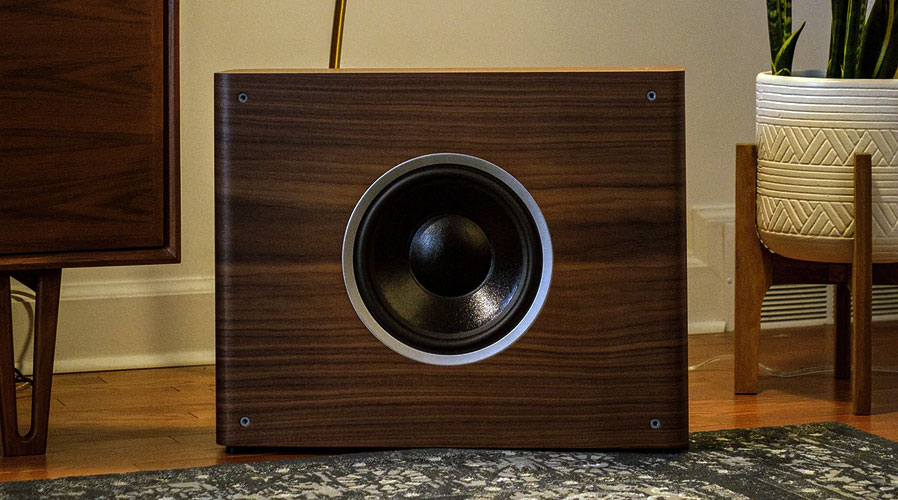It’s not difficult to understand how a passive subwoofer works. However, driving one can be a bit tricky if you’re not sure how it should be done. In this blog post, we’ll take a look at the basics of powering a passive subwoofer and provide some tips on how to get the best sound possible from your system. Keep reading for more information!
Are passive subwoofers any good?
A passive subwoofer is a speaker that doesn’t have its own amplifier. Instead, it relies on the amplifier in your stereo receiver or home theater receiver to provide the power it needs to produce sound. The advantage of a passive subwoofer is that it can be easier to integrate into an existing audio setup since you don’t need to worry about matching amplifiers.
The downside is that it can be more difficult to get the subwoofer level set correctly since you’re working with the amplifier in your receiver. If you’re not careful, you can easily overpower your subwoofer and damage it.

Does a passive subwoofer need a crossover?
The first thing you need to do when driving a passive subwoofer is to set the crossover frequency on your receiver. This is the point at which your receiver will start sending low frequencies to the subwoofer. The crossover frequency can be found in the settings menu of your receiver. It’s typically set to 80 Hz, but you may need to experiment with different values to find the one that sounds best in your system.
Once you’ve set the crossover frequency, you’ll need to adjust the volume of the subwoofer. This is usually done with a knob on the back of the subwoofer itself. Start with the volume set to about halfway and slowly increase it until you can hear the subwoofer playing. You may need to adjust the volume of your receiver as well to get the balance between the two just right.
Can you use a powered subwoofer as a passive subwoofer?
Yes, you can use a powered subwoofer as a passive subwoofer. However, you’ll need to make sure that the amplifier in the subwoofer is turned off. Otherwise, you’ll be sending a signal to the subwoofer that it can’t amplify, which will result in no sound.
To use a powered subwoofer as a passive subwoofer, you’ll need to connect the left and right speaker outputs from your receiver to the left and right inputs on the subwoofer. Then, you’ll need to set the crossover frequency on your receiver to the same value as the crossover frequency on the subwoofer. Finally, you’ll need to adjust the volume of the subwoofer to match the volume of your speakers.

